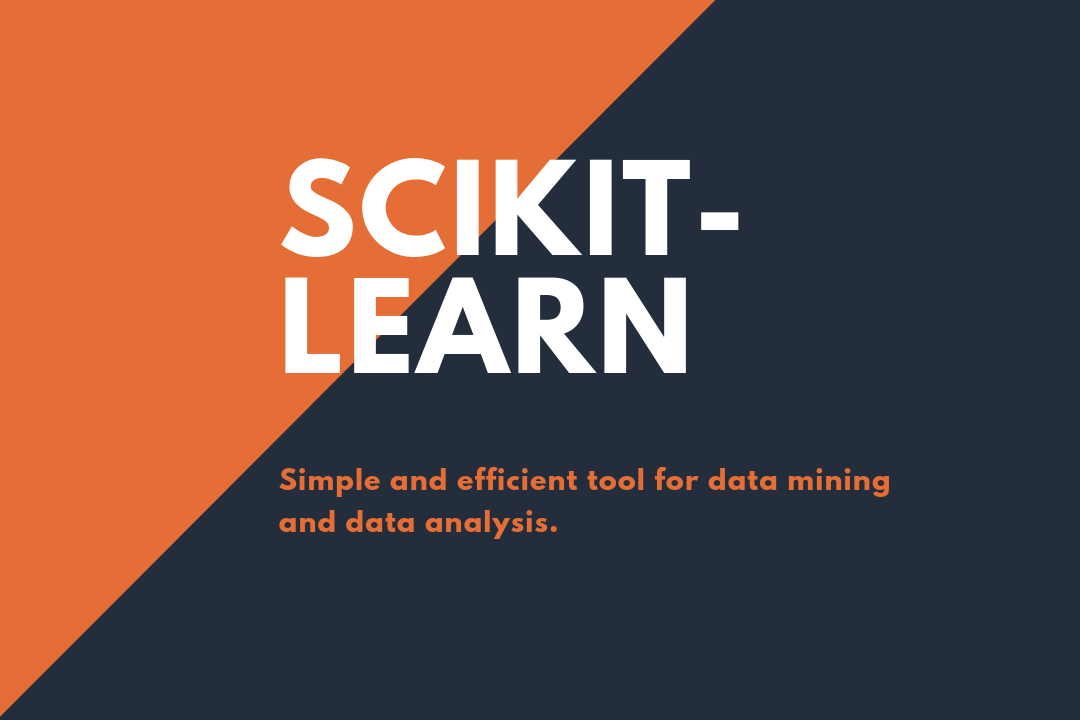Description
Introduction of KNIME for Bioinformatics:
This course is aimed at bioinformaticians, researchers, and data scientists who want to leverage KNIME for analyzing genomic data. It focuses on applying KNIME’s powerful data analysis and workflow capabilities to bioinformatics, particularly in the context of genomic research. Participants will learn how to handle and analyze genomic data, apply bioinformatics algorithms, and use KNIME’s tools to support various research applications in genomics.
Prerequisites:
- Basic knowledge of KNIME (workflow creation, data manipulation)
- Understanding of fundamental bioinformatics and genomic concepts
- Experience with data analysis and statistical methods
- No advanced programming skills required, but familiarity with genomic data types and bioinformatics techniques can be helpful
Table of Content:
1: Introduction to Bioinformatics with KNIME
1.1 Overview of bioinformatics and its applications
1.2 Introduction to KNIME’s capabilities for genomic data analysis
1.3 Setting up KNIME for bioinformatics projects
2: Handling Genomic Data
2.1 Importing and integrating genomic data from various sources (e.g., FASTA, VCF, BAM files)
2.2 Data cleaning and transformation techniques specific to genomic data
2.3 Managing large-scale genomic datasets
3: Exploratory Data Analysis (EDA) for Genomic Data
3.1 Conducting EDA to understand genomic data characteristics
3.2 Visualizing genomic data (e.g., gene expression levels, mutation patterns)
3.3 Identifying key features and metrics in genomic data
4: Genomic Data Preprocessing and Quality Control
4.1 Preprocessing techniques for genomic data (e.g., normalization, filtering)
4.2 Quality control procedures to ensure data accuracy and reliability
4.3 Handling missing data and outliers in genomic datasets
5: Genomic Data Analysis Techniques
5.1 Analyzing gene expression data (e.g., differential expression analysis)
5.2 Identifying genetic variants and mutations
5.3 Performing sequence alignment and mapping
6: Applying Bioinformatics Algorithms with KNIME
6.1 Implementing common bioinformatics algorithms (e.g., clustering, pathway analysis)
6.2 Using KNIME’s bioinformatics extensions and nodes for specific tasks
6.3 Integrating external bioinformatics tools and databases
7: Integrating Genomic Data with Other Data Types
7.1 Combining genomic data with clinical, phenotypic, or proteomic data
7.2 Performing integrative analyses to uncover insights
7.3 Building comprehensive models using multi-omics data
8: Advanced Genomic Analysis Techniques
8.1 Exploring advanced methods (e.g., genome-wide association studies, epigenomics)
8.2 Implementing machine learning approaches for genomic data
8.3 Handling complex genomic data types (e.g., single-cell RNA-seq, metagenomics)
9: Creating Reports and Visualizations
9.1 Designing and generating bioinformatics reports and dashboards
9.2 Building interactive visualizations to present genomic data and analysis results
9.3 Integrating KNIME with reporting tools for comprehensive bioinformatics analysis
10: Case Studies and Practical Applications
10.1 Real-world case studies demonstrating genomic data analysis with KNIME
10.2 Hands-on projects to analyze and interpret genomic data
10.3 Applying bioinformatics techniques to various research scenarios
11: Best Practices and Future Learning Opportunities
11.1 Best practices for genomic data analysis and workflow management
11.2 Tips for optimizing performance and managing large genomic datasets
11.3 Resources for further learning and advanced bioinformatics topics
If you are looking for customized info, Please contact us here







Reviews
There are no reviews yet.